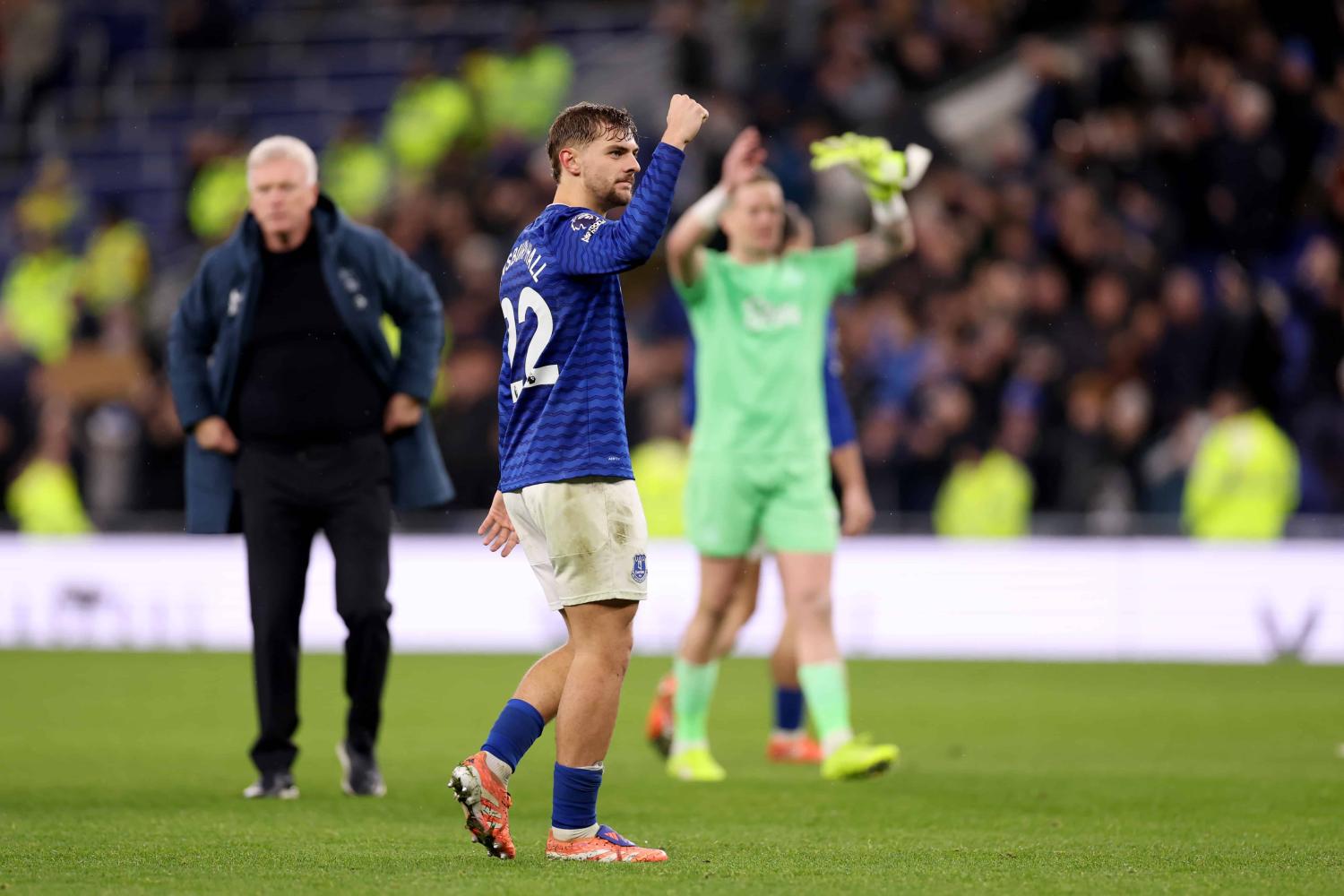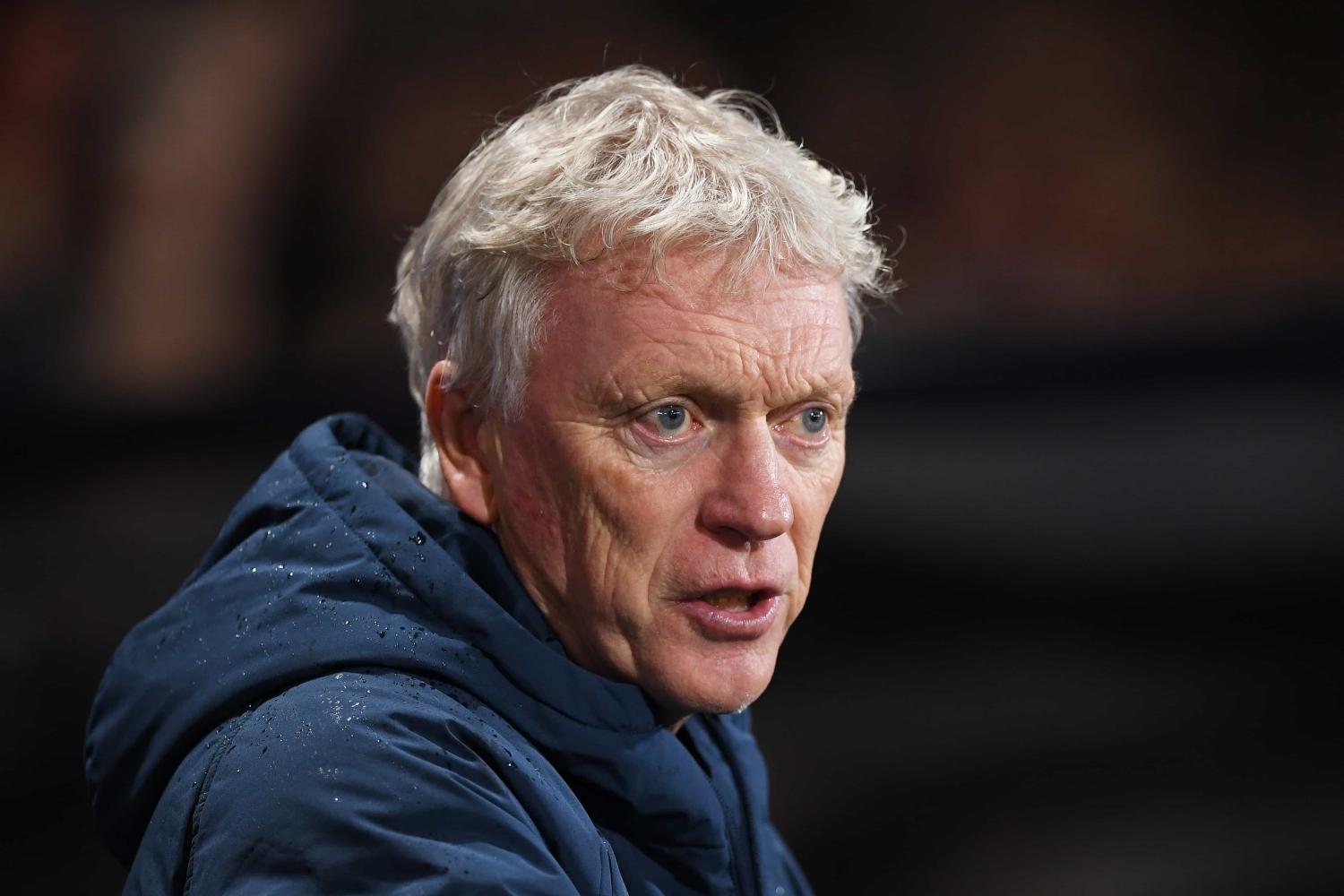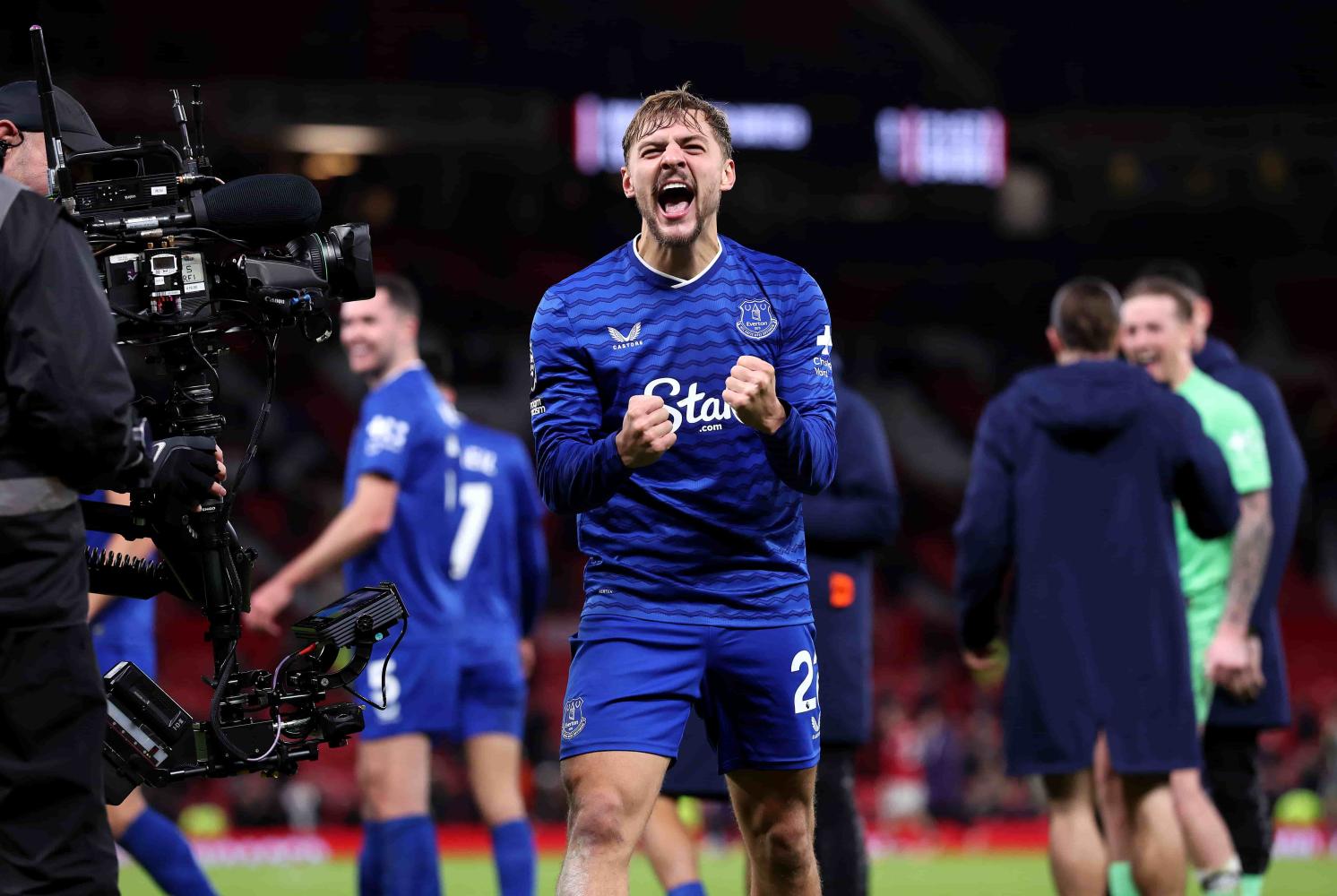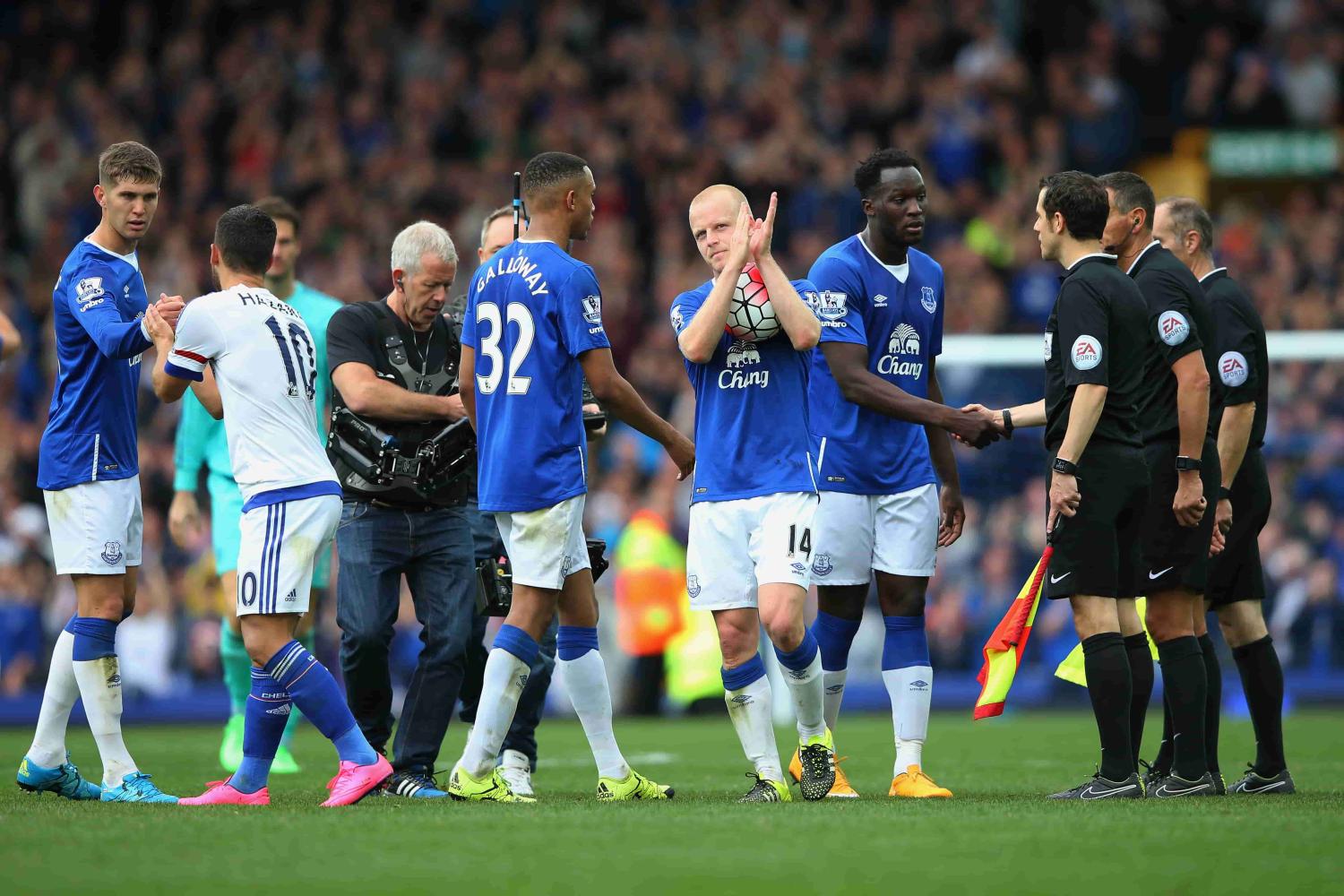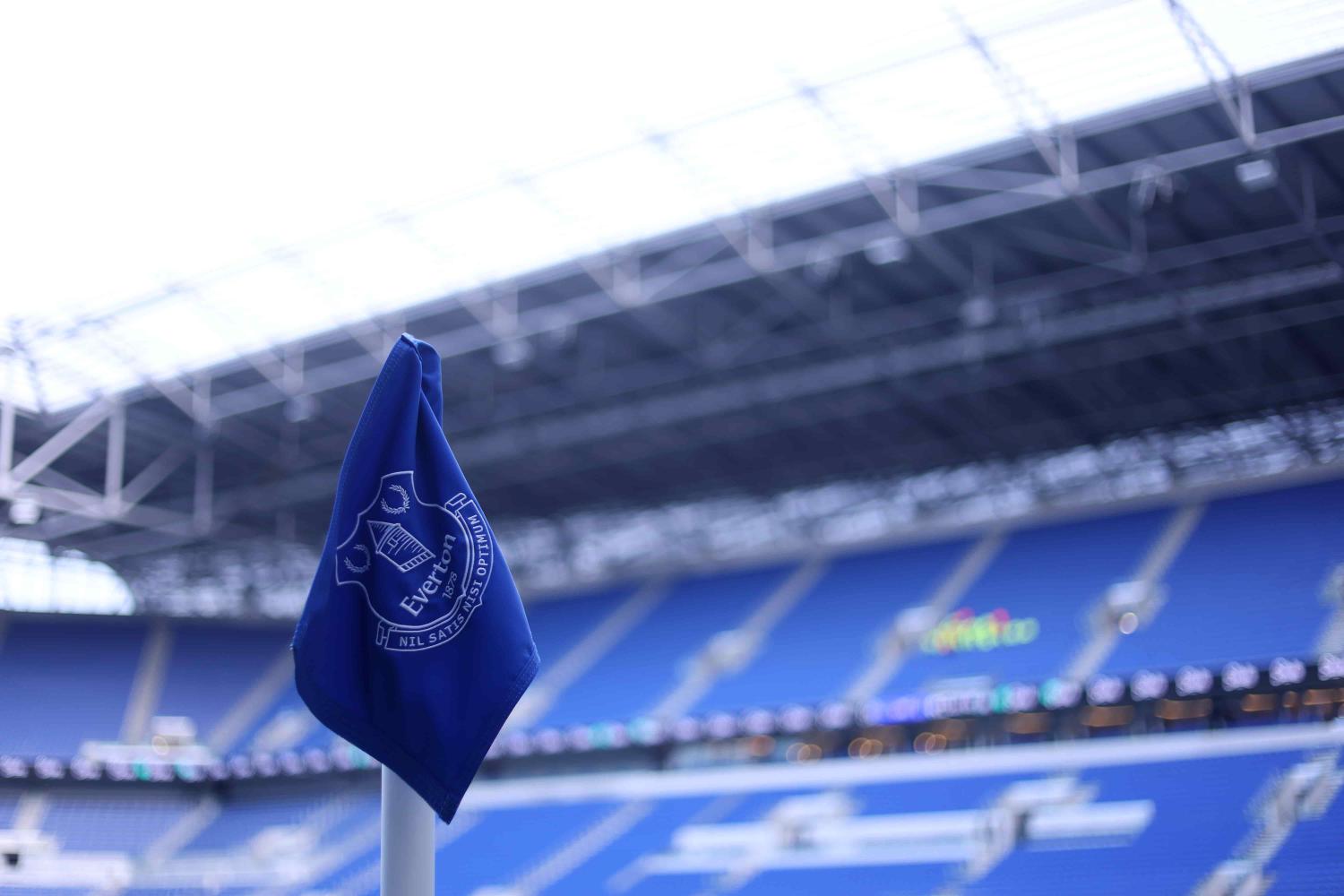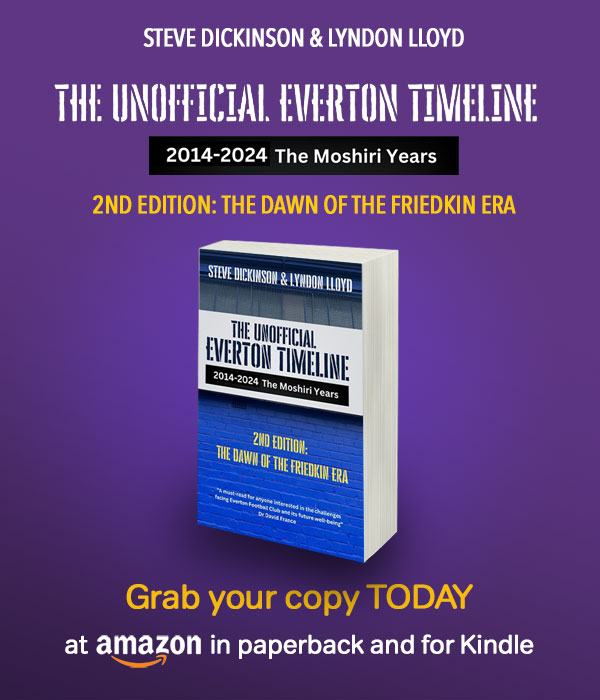Colin Harvey — An Evertonian Life
Immortalised as part of the Toffees’ midfield ‘holy trinity’ in the late 1960s and dubbed "the White Pele" by his adoring Goodison faithful, it could be strongly argued that Colin Harvey is currently the greatest living Evertonian.
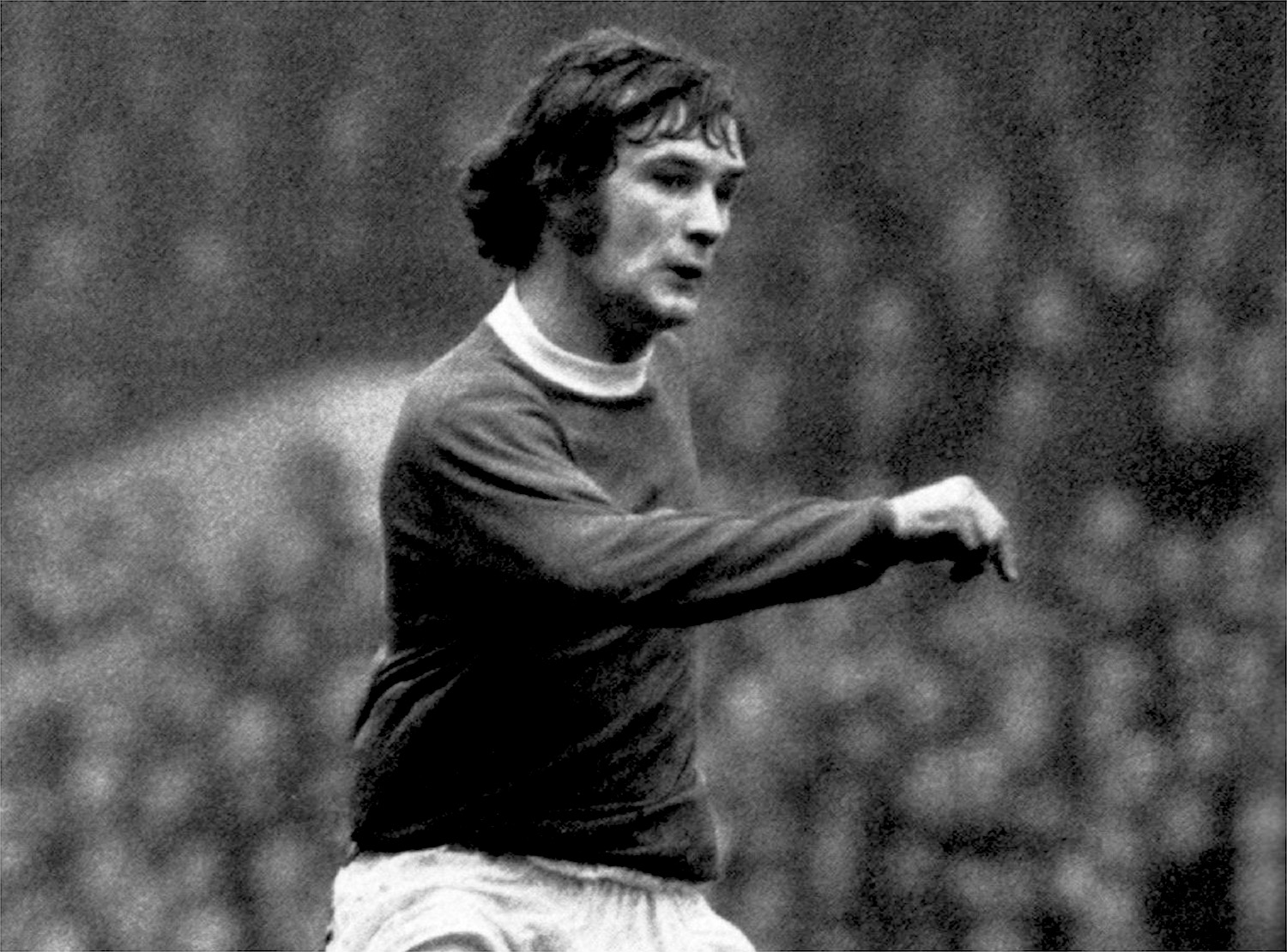
Since the passing of Brian Labone, it could be strongly argued that Colin Harvey is the greatest living Evertonian (an honourable mention is due for Derek Temple, also). A supporter in the infamous Boys’ Pen who went on to sign for his boyhood club and debut for the first team in the San Siro stadium, Colin was immortalised as part of the Toffees’ midfield ‘holy trinity’ in the late 1960s. In the mid-1970s he returned to Bellefield to nurture young talent before being elevated to the role of first team coach under Howard Kendall in 1983, enjoying unparalleled success at the club. Appointed manager in 1987, silverware eluded him, but the team came close on several occasions. The so-called White Pelé spent his last years with the Blues polishing more yet young diamonds in the 1998 FA Youth Cup-winning team and, subsequently, a certain Wayne Rooney.
In the Autumn of 2022, Rob Sawyer of Everton FC Heritage Society, and Sarah Deboe of MINT Collective, were privileged to spend 90 minutes in Colin’s company, at his home in West Lancashire. The conversation flowed freely, covering topics ranging from his childhood, an aborted career as a publican, Dixie Dean, the great Everton sides of the 1960s and 1980s and his experiences of coaching and management.
Below, in his own words, Colin covers those subjects, and more.
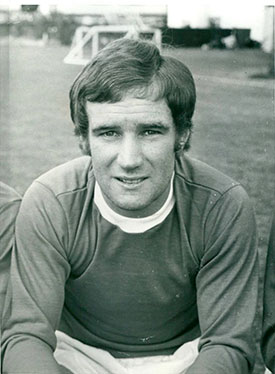
Blue Blood
I was born and first lived in my grandad’s council house in Fazackerley, there, with five or six living in there.
My maternal grandfather was a mad Evertonian. His Saturday was working on the docks, then a few pints before going to the game and home for tea – a working man’s Saturday. You would knock off work, walk to pub – often the Winslow - then at last orders, finish your pint and go into the ground. No booze was sold in grounds then, so the pubs closed at three pm and the matches kicked off at ten-past, to give them ten minutes to get in. He was a big Dixie Dean fan – he’d regale me with stories of him scoring from the halfway line! His goalscoring record was amazing - Harland won’t beat it. I met Dixie a couple of times at presentations; he was quite a funny fella with that type of humour of the time. I played in his testimonial, a mixture of Everton and Liverpool Scots versus the English. Every decent club in that period had two, three or four decent Scottish players.
My dad, Jim, was a Blue. He was born in 1924 and went right back watching Everton. He was in the Navy on the Baltic convoys during the war – but he never talked about it (my uncle told me about what he had been on). Just after the war, we lived with Auntie Rose and Uncle Pete on Lita Street. We shared a bedroom with a rope tied across with a blanket hung from it for privacy. The house was perfect for my dad, as he just had to walk round the corner and he was at Goodison Park. I would go to watch Everton with him - he’d go in the Gwladys Street and me and my brother would go in the Boys’ Pen. We’d meet afterwards by the pawn shop on the corner of City Road – it’s now a bookies. The Pen had a life of its own. It was a cage up in the corner of Gwladys Street; you were just crammed in – it was like something from Lord of the Flies. The bullies were at the front – so you weren’t anywhere near it. I stood next to my brother, Brian, he’s a couple of years younger than me and has lived in USA for years [Ed. sadly, Brian passed away after this interview].
I grew up watching them in the Second Division with the likes of Peter Farrell, Tommy Eglington, Don Donovan and Ken Birch. My dad went to the game against Oldham when we won promotion back up [in 1954]. They didn’t get there until half time - Everton were already winning four-nil. It stayed that way in the second-half. When we woke up and were getting ready for school in the morning, he showed us an envelope with some grass in it as he’d been on the pitch at the end.
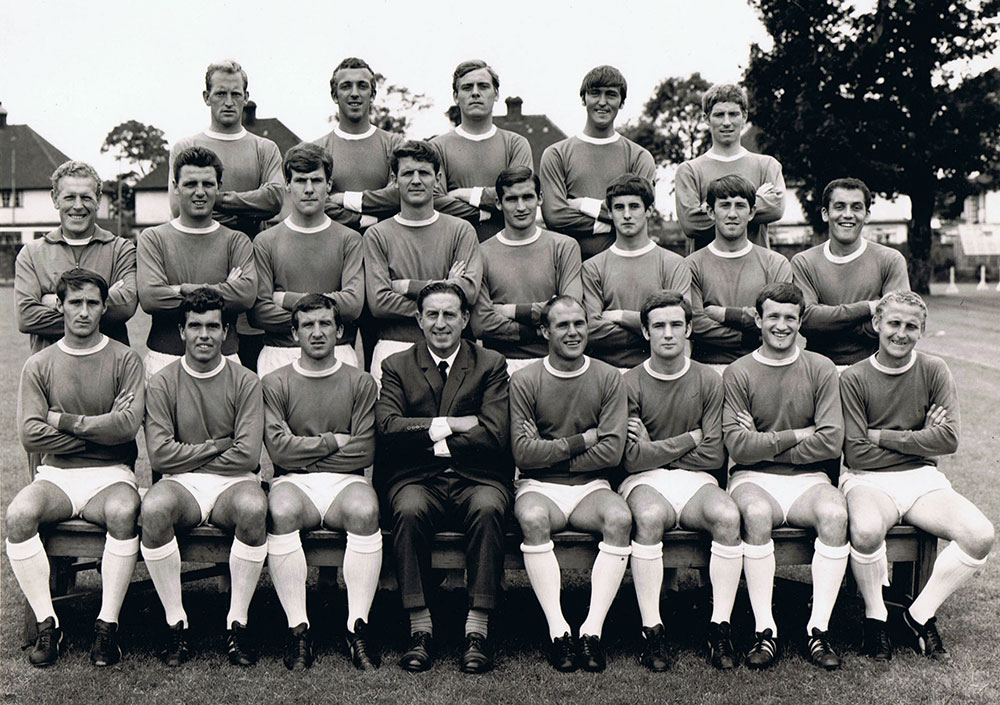
Everton team, 1967
The Road to Goodison
I went for a trial at Liverpool FC on a Tuesday night; Cally [Ian Callaghan] was a part-time pro and played in the game. Reuben Bennet came over and said: ‘Are you coming again on Thursday?’ I said ‘Yes, if I’m invited.’ In the meantime, my uncle got me a trial at Everton on the Thursday night. It was on the training pitch by the Bullens Road stand – it is now the car park. And that was it, from there on.
On Tuesdays and Thursdays we’d get buses to Bellfield to train there (before it got remodelled - Liverpool did the same to Melwood). We did a few drills and then had a 7-a-side game. Once, when I was 15, we had a 7-a-side game on a Tuesday night and this big guy joined in and he was knocking everyone about. He wasn’t a bad player and at the end I said to Les Shannon, the coach, ‘I have no chance,’ but then Les said, ‘He’s the groundsman, he’s about 28. He’s a character.’ It was Dougie Rose – I have stayed friends with him to this day. He is in a nursing home now – I go and see him. He’s about 91 now and as lively as ever [sadly, Dougie passed away some months after this interview].
There were some good players like Alan Jarvis, a really good footballer from Wrexham who went on to play for Hull. He had great ball skills - maybe not so much when playing football - and I looked at him and thought: ‘I’ll never be as good as him.’
In terms of players I looked up to at Everton, first of all there was Bobby Collins, and then Jimmy Gabriel. My first league game was on a Good Friday at Blackburn (you would play Friday, Saturday and Monday at Easter). We won 2-0. The game action on the other side of the pitch but I got knocked out, sparko. Gabby came over and said: ‘Who did that?’ I told him I thought it might have been the left-back. So, the next minute their left-back was laid out – Jimmy had sorted him out for me!
Alex Parker was a nice fella – famous for his sliding tackle. You had to get to know him before you could understand what he was saying. I went to the opening of the Swinging Sporran in Runcorn [Parker’s pub in the 1970s].
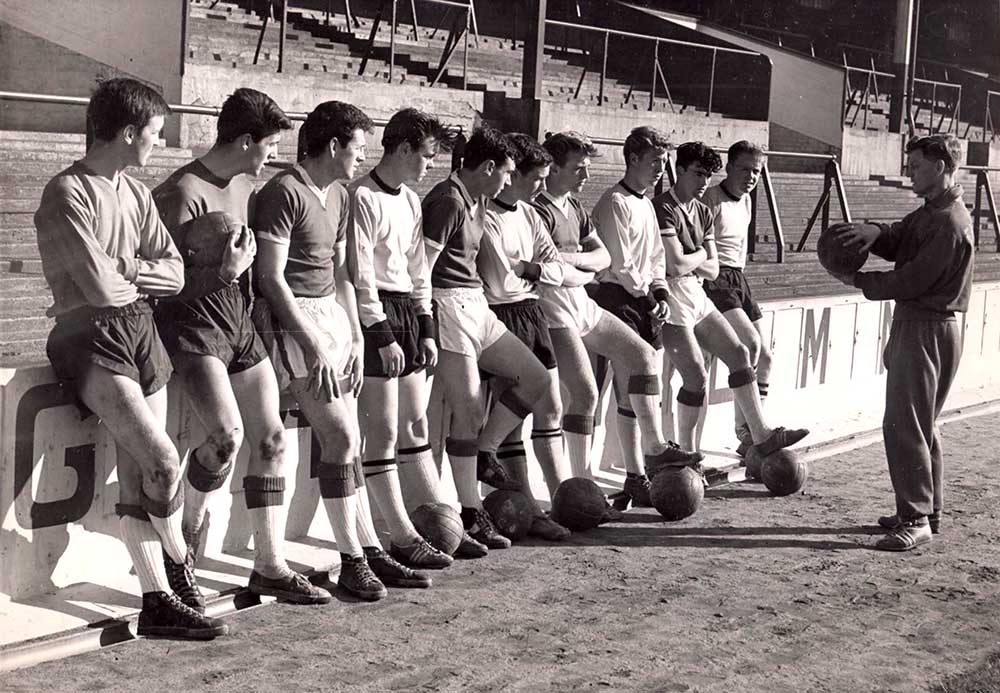
Colin (5th player from right), circa 1961
From Ten to Six
The other day, I was talking with my granddaughter on the way back from her football training (with Everton Women). She has always had the number six shirt as I used to wear it (but her squad number is 44 now), and she asked why I wore that number. I said, ‘Well, you’re not a goalscorer and you’re not a number ten.’ So, she asked who was a good number ten and I told her for Everton it had been Roy Vernon. He was a lovely footballer, scored goals and was the best penalty taker I have ever seen.
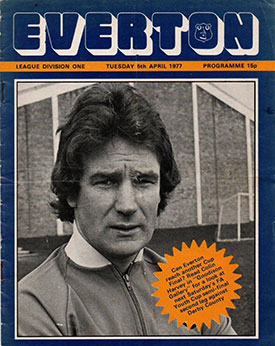 1977 Everton programme cover star
1977 Everton programme cover starWhen I first came in, I was given number ten as Roy was still there but about to move on. Having ten on my shirt, I was under pressure all the time to score goals but I wasn’t a goalscorer – I was a box to box midfielder, getting tackles in. I was the new boy and got some stick from supporters. How did I cope? Not very well! So, one summer, before the season started, I went to see Harry Catterick and told him that I couldn’t wear number 10 and asked if I could wear number six, if possible (I made sure I said ‘if possible’!). I don’t know how I got the courage to ask him, but he did make me number six and John Hurst, the centre-back wore ten.
Harry did rate me; I remember when we played Inter Milan [in 1963], they gave the club a record player as a gift. Back then, the night before matches, clubs would have a dinner and directors would exchange gifts – at one stage players were expected to do it, too).. Back at Bellefield, one of the coaches said to me I had to go in and see Harry Catterick and I thought, ‘What have I done now?’ So, I went upstairs. ‘You’re into records aren’t you?’ he said. ‘Yes I am, Boss,’ I replied. So, he said, ‘Here, have this’ and he gave me it. I couldn’t believe it! We would get paid on a Thursday, originally it was a pay-packet from the Midland Bank on County Road, and there was a record shop at the bottom of the road so I would go down and get the latest releases!
The Midfield Trinity
I was in the first team playing okay and then Alan Ball arrived and he was up there on a different level. I’d never seen anything like him. I thought: ‘Blinking heck, I’ve got to work really hard to get anywhere near that’ and it improved my game, no end. I have never seen anything like it. Alan just breezed in; it wasn’t arrogance - he just had this infectious nature about him. We knew all about him, of course – he’d just won the World Cup. He raised the bar for everybody. We had played in the Charity Shield at Goodison against Liverpool and they murdered us – so Harry Catterick bought Bally on the Monday. We played Fulham on the Saturday and Bally scored. Then we played Liverpool and beat them 3-1 and it could have been five or six, that was the difference he made. He was even more inspirational than Bobby Colins – Bobby was a dour Scot, but Bally was outgoing. I haven’t seen anyone like him since; I have thought about it and never come up with anyone, he was a one-off. When Bally came, I had a routine of playing with the ball and doing some runs and then going in the garage and firing a tennis ball at the walls. That was due to Bally – to aim to get near to how good he was. I never did, but that was the aim.
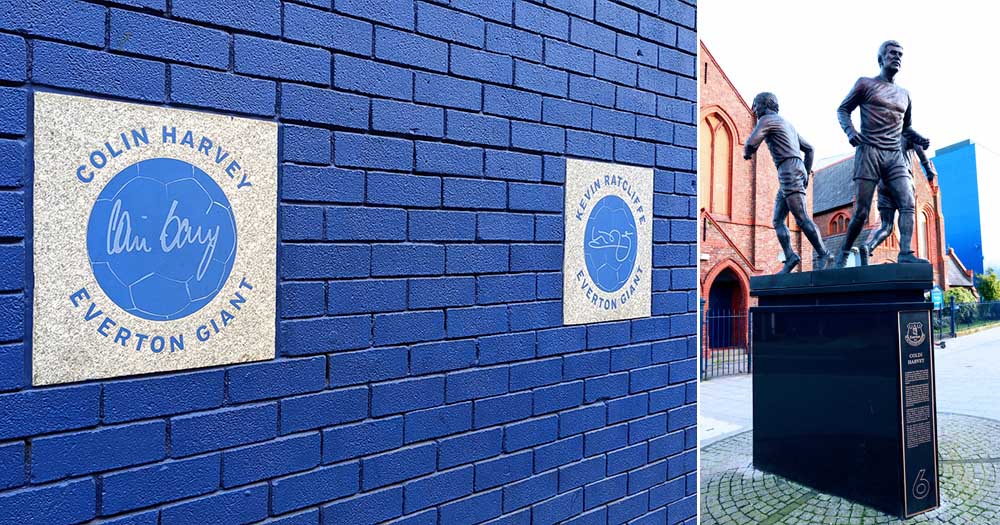
To me two greatest Everton players of all time are Dixie Dean and Alan Ball. I don’t count Neville as he was a goalkeeper, and they have nothing to do with football – I’ll say that while he isn’t here! There’s been a lot of very good players at Everton, but none at quite their level. I honestly thought that Wayne Rooney [Ed. Colin coached Rooney as a youth player] would go on to be one of the all-time greats like Cruyff and Maradona but he didn’t quite make that, he was at the level just below. Having said that, he was a brilliant player. His goalscoring record at Manchester United and England – you don’t do what he’s done without bring a great player. Before the injury against Portugal in the [2004] Euros he was playing as well as I have ever seen him.
All of the Everton team in the late 60s were very good players – you didn’t get to play for the club if you weren’t one. Howard was the best one-on-one tackler I have seen - and he could open the game up with a great range of passing. We were reasonably close - but didn’t live in each other’s pockets. I’ve never been one for that. If you work with someone all day, don’t live with them in the night, as well!
If things had not been happening on a Saturday, on the Monday (Howard, Alan and me) developed a few moves between us doing training ground practice and in five-a-sides. We were on the same footballing wavelength. Then Wilf Dixon [the trainer] would try to put us through drills and we’d say, ‘Wilf, we invented this – this is what we do!’
Most of my time off was for recovery. I’d have a couple of hours sleep in the afternoon after training to recover. I always believed that training should be flat out, 100%, every day and that would be taken into games. Brian Labone was a very good footballer but moaned about training; but for me I was getting paid for what I enjoyed doing – it was amazing! Saturday was the pressure because you had to win – but during the week I was getting paid to run around.
When I went back to Everton as a coach, I was getting them back in for the afternoon, which was unheard of then. It wasn’t to kill them, there was lots of ball work. And I carried that on with the reserve and first teams. Every day was a winning post – you had to get to the front and be the best in training and then take it into games.
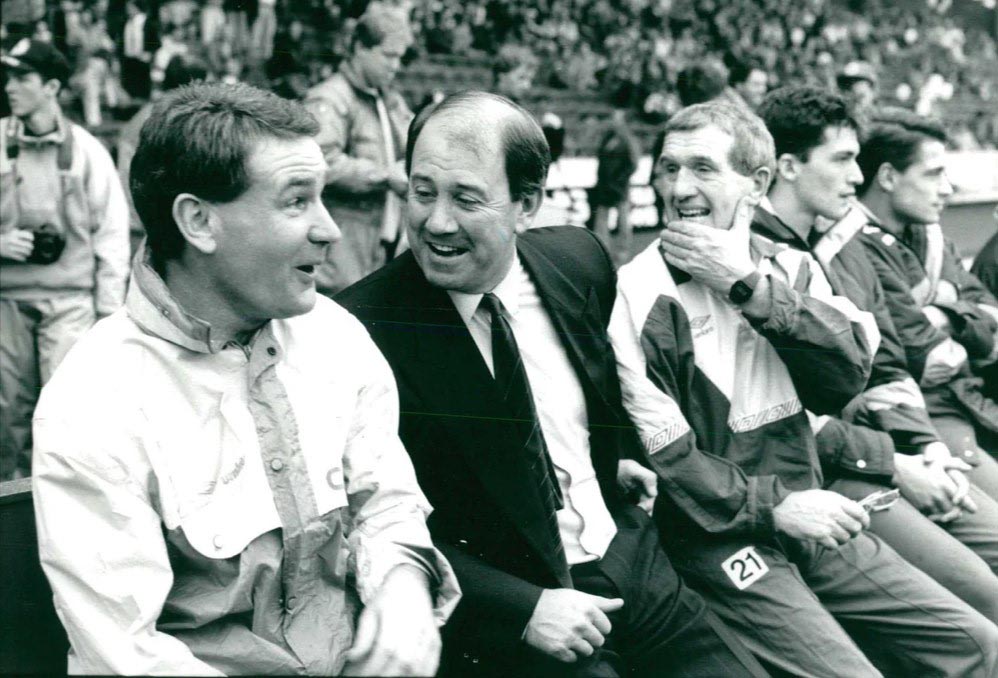
Colin back as assistant as Howard Kendall returns as manager in November 1990
My Most Cherished Moments
Clearly, one of my best moments was scoring the winning goal in the 1966 FA Cup semi-final at Bolton against Manchester United. Later in the match, Alex Young hit the inside of the post with a shot. I wished it had gone in, to make it 2-0, but afterwards I was glad that it didn’t as I’d scored the winning goal in a semi! Then there was the night we won the league in 1970, with a win against West Brom - and I scored again. There are lots of other things but those two stick in my mind because we won the cup and the league.
In the 1966 cup final, I thought we had lost it with 15 minutes gone. They had three in midfield against me and Jimmy Gabriel. They murdered us at first. It was a boiling hot day and our shirts were wringing wet with sweat from chasing around after Peter Eustace, John Fantham and Jim McCalliog – they just passed it round between them. Afterwards, we started to get a bit of a grip.
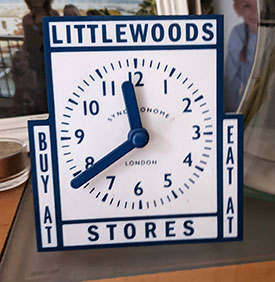
The Littlewoods clock on Colin's sideboard
Someone often got an injury due to the lushness of the Wembley turf. When you played on the Wembley pitch it was in perfect condition, but since Christmas we’d been playing on mudheaps with no grass on. Everton were one of the first ones with underground heating but they didn’t dig it deep enough, so after rain it was revealed and had to be covered with sand; you had to flick up the ball to pass it, sometimes - it was that heavy. When I got my cap for England, in Malta, that was on pure sand. I thought that if I had played earlier for England, I would have done myself more justice as around that time [1971], I was starting to feel what I thought was a groin strain. I would rest it for a couple of days and it would go away and you’d go for a couple of weeks without feeling it. But then you’d get the nagging pain again.
Sheffield Wednesday – and Fitness Issues
I enjoyed it at Sheffield Wednesday but I didn’t do myself justice. There were lovely people there and it was a nice club - but my hip was going. I would play on Saturday but couldn’t train until the following Thursday, so my fitness was up and down. Towards the end of my first season there I was in a bad way with it and the club sent me to see a specialist. He said, ‘You have an arthritic hip’. In my naivety at the time I asked him what I could do about it. He said he could do an operation but that would just about enable me to walk. So, he put me on anti-inflammatories, which I took every day but which weren’t good for me. At least I found out what it was after few years of it niggling. I had injections, everything to play. But I wouldn’t change it – if it as going to happen, it was going to happen.
I’ve had three hip operations now. I have scars right down my leg, now it would be keyhole surgery. I was in for three or four weeks for the second one, when I was Everton manager. I went to a game afterwards and I could feel my leg throbbing. When I got home, I couldn’t get my trousers off. The specialist told me I could go back to hospital or stay at home with bed rest. So, I was in bed for three weeks - I have never been so bored in all my life!
With Maureen and the girls I was living in an old mining village, about 10 miles from Sheffield. There was a country pub by us; we went up for a walk one day and came across a cricket field. It was the summer of 1976 when the weather was really good. So that was Saturdays sorted – I hadn’t been a cricket fan until then!
Becoming a Coach
After I retired from playing, I was in the pub trade for a little bit. My uncle had a Greenalls pub in Northwich, a huge place – it was a training pub for pub managers. I lived there for two or three months (Maureen and the girls stayed living near Sheffield). It was the hardest three months of my life! My uncle was like: ‘Don’t think I’m going to make it easy for you.’ I was up at 5am, the pubs opened and 12 and closed at 3 – and then re-poned at 5:30.
I went home one to Sheffield weekend and the phone rang. It was Billy Bingham. Now, we had not got on that well at Everton but he said: ‘Would you be interested in the youth team job?’ I said I was, so he told me to come over for a chat – and that was that. It was amazing, really - I’d never been a fan of Billy Bingham until that day!
When I first stopped playing, coaching was the next best thing and I enjoyed it. I coached the way I played, I wanted to be the best I could possibly be. So, I used to go on a manager and coaches courses for six days every year. A lot of it was a ‘jolly boys’ thing, but then some coaches put a session on, especially Don Howe, and you’d think: ‘Wow, that’s something else.’ So, you’d pinch the best bits and use them.
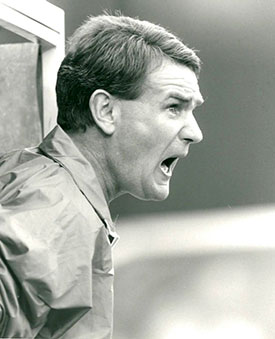
Then recording reserve games on video at Goodison came in. The son of Peter Tushingham (his sister was Rita, the actress) would do the filming - he eventually got into Sky. I told him not to zoom in, I wanted to see the whole picture. It changed things, being able to analyse. We played at Nottingham Forest and got beat. Everyone knew their designated place for marking at set pieces. From a corner, Alan Irvine moved off the post and they scored where he should have been. I always said to stay on the post until the ball was cleared and then everyone comes out together After the game, I asked him why he moved off the post and he insisted that he hadn’t. So, I said, ‘I’ll see you tomorrow’ and then I showed him the recording. He said that he had honestly thought that he’d stayed on the line, there.
Later, John Murtagh came to us straight from John Moores University; I took to him; he was a very nice kid and nothing was too much trouble. For away games he would film from the top of our bus. When we went to watch a youth team game at Arsenal (the winners would play us in the next round of the cup) he sat in the stand with the video camera hidden under his coat! Now he is director of football at Manchester United; he’s still a smashing lad.
Harry Catterick had been an old-fashioned manager. The coaches went to see him before training. He told them what he wanted and then they’d take us out to training for an hour or two, and then they’d report back to him. If the cameras were coming down before a big league game, he’d come down in a new tracksuit. But he doesn’t get the credit he deserves. He put a couple of really good footballing sides together; he was given a bit of time to do it, unlike managers today.
Now, your coach should be working with you all the time. You’ve got to be hands-on, in my opinion. At Everton I was reasonably mobile after my hip operation. I was out on the training pitch every day. Howard was in it as well in the early days. We would join in a lot of the stuff and stop it to show someone if they had done something wrong or was in the wrong place.
The Mid-1980s Team
The mid-1980s side was a really good bunch. Probably the best of the lot was Trevor Steven – an absolutely amazing player in everything he did. I remembered that [in 1988] we played on the morning of the Grand National against Portsmouth. Bally was their manager. Sharpy was injured so I asked Trevor to play as a striker and we won 2-1 with Trevor scoring.
Howard had bought him as a centre-mid player, but it was too much for him at first, so he put Trevor over on the right. We’d had Terry Curran and Alan Irvine playing there but when Trevor came in it was a step up. And he was never any trouble – he came in, trained and was the first away. The rest of them were big mates - and big drinkers. Howard encouraged that and loved it. Every club had a drinking culture then (and when I was playing). It was just how it was then and was good for team spirit. They were all strong-willed people – which was part of what we were as a team. Andy Gray was particularly hard work – he’d go on a rant, and I’d tell him to shut up as no-one was listening to him!
That was a great team. When I was playing in the 1960s there were less tactics – Harry Catterick brought good players in and put them together. I think my side would beat the 1980s team seven times out of ten – but it wouldn’t be easy, and there’d be tackles flying in!
Modern football for me has possession as its biggest thing – the ball can be on the edge of the box, ready for crossing, but it ends up back with the goalkeeper. For me, if you have the time to play forward – play forward. They talk about centre-backs with a 96% pass completion – but they are just passing side to side.
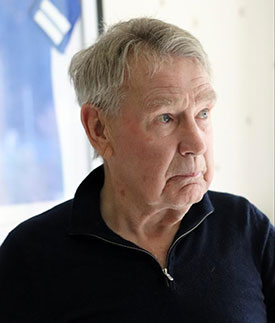
The Strain of Management
Some people say they grew up wanting to be a manager, but there’s no such thing. You only grow up wanting to be a footballer. Coaching was the next best thing to playing, but when I was manager, I didn’t really enjoy it. I had reasonable success, but I didn’t enjoy everything that went with the job. I wasn’t one for the politics and everything – I wasn’t interested in that. I was just interested in the field, the balls and coaching. I didn’t manage it particularly well in terms of myself; it was a burden and it got to me. Maybe for other people it would have been a breeze, but it wasn’t for me. I was in charge of my own club, and everything got too much for me, I do admit. I would bring it home to Maureen, so it wasn’t a good time.
Everton and Me
What does Everton mean to me? From being a schoolboy going to watch them, to joining, it’s been a way of life. Even now, I’m still going to watch them. The other day, my granddaughter said: ‘Grandad, have you got two tickets for the next home game?’ I said, ‘You know I always have,’ and she went: ‘Is it alright if I go with you?’
Acknowledgement
Sincere thanks to Colin Harvey for being generous with his time for us.
Photo credits:
Rob Sawyer and MINT Collective
Reader Comments (26)
Note: the following content is not moderated or vetted by the site owners at the time of submission. Comments are the responsibility of the poster. Disclaimer ()
Add Your Comments
In order to post a comment, you need to be logged in as a registered user of the site.
Or Sign up as a ToffeeWeb Member — it's free, takes just a few minutes and will allow you to post your comments on articles and Talking Points submissions across the site.
How to get rid of these ads and support TW



